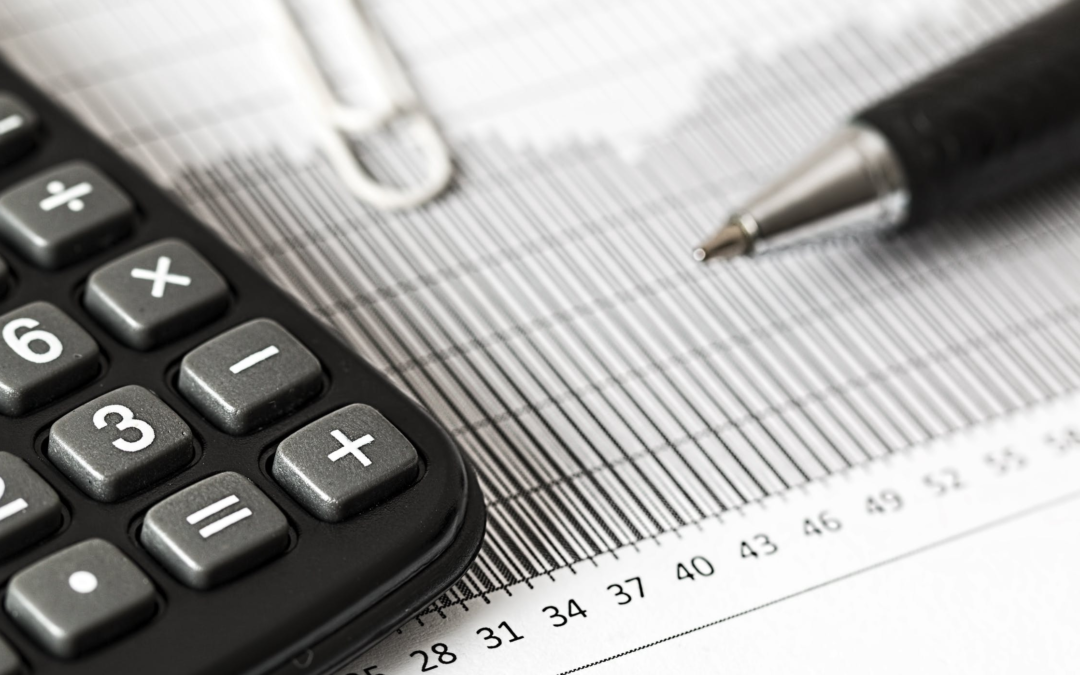Recent recession fears have been brought on by the yield of the 10-year Treasury dropping below that of the 2-year. This “yield curve inversion” in the past signaled a recession starting an average of 18 months out. Many cooler economic heads noted such inversions were usually tied to Fed rate tightening. The previous 10 occurrences of “yield curve inversion” resulted in only 7 recessions. So just because the yield curve inversion took place does not automatically mean we are headed for a recession.
In fact, consumer spending drives 70% of the economy and Retail Sales, up five months in a row, gained a strong 0.7% in July. Plus, productivity is growing and the job market’s strong – both indicators are great for real estate. Many in the market agree that a U.S. recession isn’t imminent. UBS strategists see the inverted yield curve more as “a statement on lackluster growth in the rest of the world,” and suggest a slowdown would take some time to materialize.
Here are what some of the economist are saying:
Mixed Signals
Former Fed official Nathan Sheets likened the economic dashboard facing Powell to a Christmas tree. Some lights, such as the steep drop in bond yields, are flashing recession red. Others, such as solid retail sales, are flashing a green all-clear or at worst a cautionary yellow.
Powell described the Fed’s policy path as a “mid-cycle adjustment” on July 31 after it cut rates for the first time in a decade. Sheets, who sees one or two more rate cuts, said he’d be fine with Powell repeating that description but he doubted investors would be.
Nothing to Fear
“We have nothing to fear about a recession right now except for the fear of recession,’’ Bank of America Corp. Chief Executive Officer Brian Moynihan told Bloomberg Television on Aug. 16.
The Fed is in a “lose-lose situation,’’ said Allianz SE chief economic adviser Mohamed El-Erian.
If it cuts rates when the domestic economy is doing all right, it will be accused of caving in to pressure from Trump and Wall Street. If it stands pat, it risks triggering a financial-market disruption that could damage the economy.
On top of that, investors are increasingly questioning the ability of central banks to spur their economies after a decade of sub-par and not inclusive-enough growth in which monetary policy makers played an over-arching role, El-Erian said.
“What’s going on in the global economy is way beyond the Fed, way beyond trade,’’ said El-Erian, who is a Bloomberg Opinion columnist. “It’s all part of a much deeper malaise.’’
It’s the deglobalization shock though that’s got the markets — and the Fed’s — attention. The trouble, as Powell himself has noted, is that the central bank doesn’t have a lot of experience in dealing with worldwide trade tensions. “It’s something that we haven’t faced before and that we’re learning by doing,’’ he told reporters last month.
Spillover Risk
In recent decades, recessions have usually started in the U.S. and spread to the rest of the world. The danger today is that the reverse could happen.
“It’s kind of a unique situation,’’ JPMorgan’s Kasman said. “The risk is that the rest of the world gets weak enough, gets stressed enough that it spills over into the U.S.’’
China has reported the slowest growth in industrial output since 2002, while Germany’s economy shrank as exports slumped. An upcoming risk is Brexit as U.K. Prime Minister Boris Johnson has pledged to take Britain out of the European Union on Oct. 31.


Recent Comments